Face Masks Are Helpless In Protecting The Eyes
Corona virus is, realised by health officials as, a deadly pandemic and is here to stay for some time. But, as much as life has come to halt a lot of people still find themselves in public places out of mere necessity. Federal health officials have issued rigid guidelines to ensure protection of citizens against the virusamong which wearing a facemask in public has been declared a safety measure. The mask recommended here is not medical in nature, such as the N95 masks and respirators, but instead can be made out of a cloth to curb the spread of virus. However, as also suggested by the White house correspondent for the virus concerns, the mask is an effective tool only to an extent and does not protect the eyes of the wearer that are directly subject to contamination in air.
Corona virus is the cause for respiratory illness that can prove fatal for persons with weaker immune, and spreads through direct contact with the mucous membrane. The American Optometric Association has also included the ‘conjunctiva’, a thin wet protective layer on the eyes and insides of eyelids, as ideal surface for the virus to latch on to the victim’s body. It is recommended that alongside using a face mask, you must make use of protective eye gear which includes eye glasses, goggles, or a face shield in order to prevent the virus from finding a host through the eyes.
Recommending Cloth Facemasks – How Effective Is It?
As the research on the novel corona virus continues to develop, federal government’s stance on the issue has been a conflicted one since nobody is well-informed on the development of novel virus. Officials continue to warn and update us as they are cracking the code to fight this deadly enemy, and an initial statement was issued by the government against the use of non-medical masks. However the statement was soon reversed and people are now being recommended to take measures so as not be able to transmit the virus, because studies showed that a host may unknowingly spread the virus before the symptoms start to occur. Therefore, the most accessible option to voluntarily curb the spread is regular use of cloth face masks when visiting public places such as a visit to the hospital or getting groceries.
The general appeal for mass use of the cloth masks comes from desperation at the end of state that finds itself helpless in dealing with the virus despite medical progress. This recommendation is also an attempt to reserve medical masks such as N95 for health care workers and those interacting directly with the patients.
Face masks must be complimented with other preventive measures:
Further imposing the limitations of the face masks, White house has come forward with guidelines mentioning that the mask alone does not help to prevent the wearer from being contaminated, and rather it should be assisted with other preventions such as sanitization and social distancing.
Face mask, which is the first instinct of anybody taking initial preventive course, is only capable of covering mouth and nose while the virus has the quality of clinging to other surfaces as well. As reiterated by the White House official, Dr. Deborah Birx, who said that the news should not come as a relief to the general public that wearing a non-medical face mask can provide undefeated protection from the virus, because eyes are also a gateway for virus, and it is better if people continue to take other relative measures, rather than being only dependent upon covering their mouth and nose.
DIY facemasks:
These cloth masks are easy to make at home and since they require no extra-ordinary raw material or technique for production, they are being produced in mass numbers and made available in super-markets and stores. A mask can be sewn at home using a clean cloth that is layered into a standard size for adequately covering mouth and nose, and attaching rubber strands to the mask for wearing around ears. However, other DIY masks are also helpful such as wearing a bandana or wrapping a t-shirt, handkerchief, or a scarf around mouth and nose – but, it is important to note that a face mask helps to only control the spread of virus 50 to 70 percent, from the host to others and does not necessarily help avoid contracting the virus. Whereas the effectiveness is highly dependent upon how the mask is worn, such as a layered or thick cloth or one that fits properly over mouth and nose of the host is more effective.
Using a cloth facemask –Tips and precautions
It is also recommended that to be able to effectively wear a face mask you must be careful that your hands and the cloth being used are not contaminated.You may either wash hands or usealcohol based sanitizers as recommended by World Health Organization. Further, you must also avoid touching the face, including eyes, at all costs since it is one of the major sources for virus to enter the body.
Infants under 2 years of age, persons with breathing issues, and those who are dependent upon second person assistance for removing their face masks, are exempted from wearing a cloth face mask by medical experts in America.
Several cities across the U.S require public to wear masks when out of their bindings and violators are to find themselves bearing penalty. One such example is Laredo, Texas where every person over the age of 5 is to wear a mandatory face mask and violators are charged with a fine of up to $1000. Other cities regulating such rules are Los Angeles and Dallas.
Hence it is being repeatedly instructed to use cloth face masks to add a layer of protection in helping to curb the spread of virus and the constant guidelines are being defined for everyone to help each other fight this deadly virus for each other, and keep ourselves safe.
